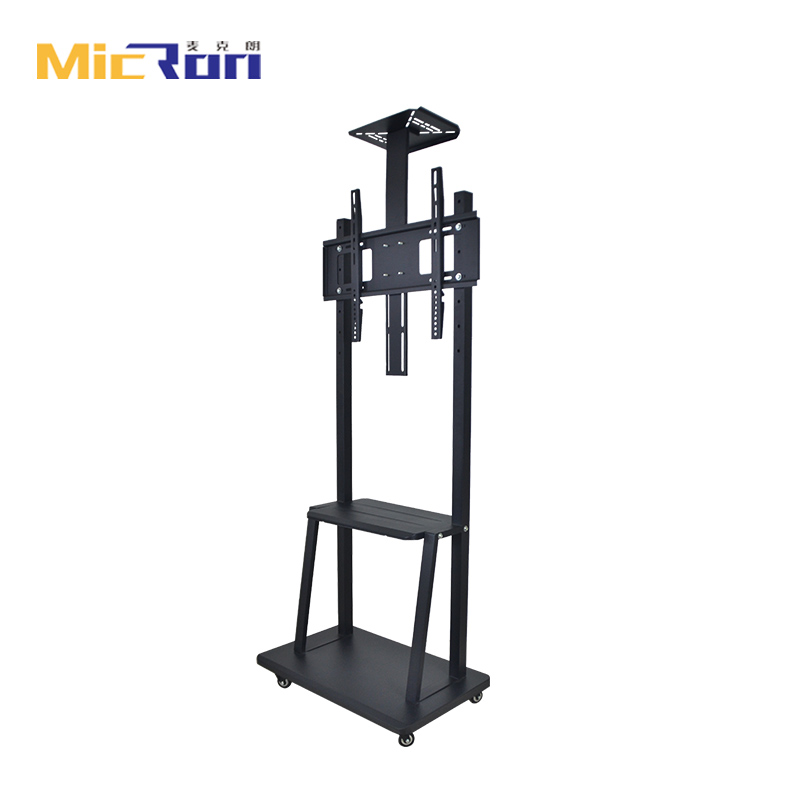Tips for Choosing the Right TV Mount for Your Home Entertainment Setup and Viewing Experience
Tips for Choosing the Right TV Mount for Your Home Entertainment Setup and Viewing Experience
Understanding the 22% in TV Mounts A Guide to Optimal Viewing Experience
When setting up a home entertainment system, one of the most crucial aspects to consider is the mounting of your television. TV mounts come in various styles and types, tailored to suit individual preferences, room layouts, and viewing angles. Among the many specifications associated with TV mounts, one particularly noteworthy aspect is the 22%, which typically refers to the optimal viewing angle for comfortable television watching. In this article, we will explore the significance of this percentage and how it contributes to a better viewing experience.
Understanding the 22% in TV Mounts A Guide to Optimal Viewing Experience
When we talk about the 22% in TV mounts, we also delve into the types of mounts available on the market. There are mainly three types of TV mounts fixed, tilting, and full-motion (articulating) mounts. Fixed mounts, while economical and low-profile, may not provide the flexibility needed to optimize viewing angles. Tilting mounts allow users to adjust the angle of the TV vertically, which can be beneficial when the TV is mounted higher up on a wall. Full-motion mounts, on the other hand, offer the ultimate flexibility by allowing the TV to be moved horizontally and vertically, thus making it easier to achieve that 22% angle regardless of the room's layout.
22 in tv mount

In addition to mount types, it is essential to consider the size of the TV and the distance from the seating area. The ideal viewing distance can vary based on the size of the television. A common recommendation is that the distance between the viewer and the TV screen should be about 1.5 to 2.5 times the diagonal size of the TV. By combining this distance guideline with the 22% angle, homeowners can create a well-balanced and enjoyable viewing environment.
Moreover, it’s important to factor in room lighting. The amount of natural and artificial light in the room can significantly influence how you perceive the image on the screen. A TV mounted at the correct angle (around that 22% mark) can help mitigate glare and reflections, providing a much more enjoyable cinematic experience. Using the right mount can ensure that you have the versatility to adjust the angle based on lighting conditions throughout the day.
Finally, the decision to mount a TV should also consider the overall aesthetic of the room. Many modern mounts are designed to blend seamlessly with home decor, providing both functionality and style. Choosing a mount that complements your interior while considering height and angle will enhance both the viewing experience and the room’s design.
In conclusion, understanding the significance of the 22% angle when mounting a TV is essential for achieving the best possible viewing experience. By choosing the right type of mount, considering the distance and size of your television, and accounting for room lighting and design, you can create a comfortable and inviting space to enjoy your favorite shows and movies. Careful planning and installation will not only enhance your viewing pleasure but also add to the overall ambiance of your home entertainment area.
-
Premium TV Wall Mount Dubai - Secure, Sleek & Versatile Brackets for Every Wall TypeNewsJun.10,2025
-
Swing Arm Mount for Flat Screen TV – Full Motion Wall Mount for 32-55" TVs, Space-Saving & Easy InstallNewsJun.10,2025
-
Universal Toshiba TV Wall Mount for 32/42/55 Inch ModelsNewsJun.10,2025
-
Premium TV Mounts Suppliers & Factories Top Quality SolutionsNewsJun.10,2025
-
80 TV Wall Mount Bracket - Heavy Duty & AdjustableNewsJun.10,2025
-
Vizio 19 Inch TV Wall Mount Secure Adjustable InstallationNewsJun.09,2025
